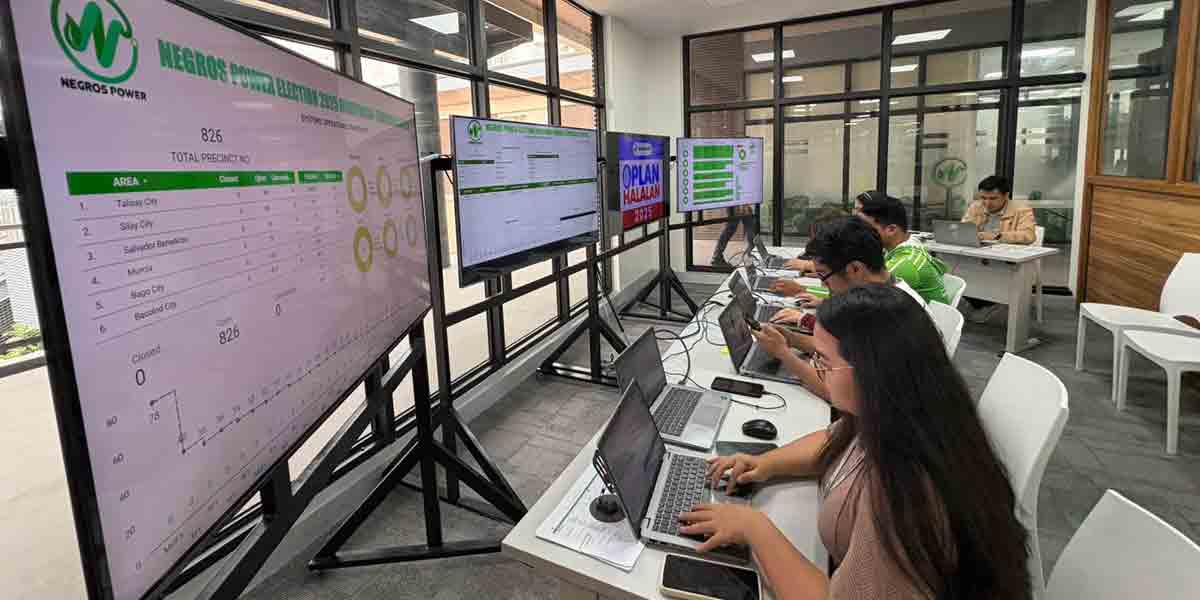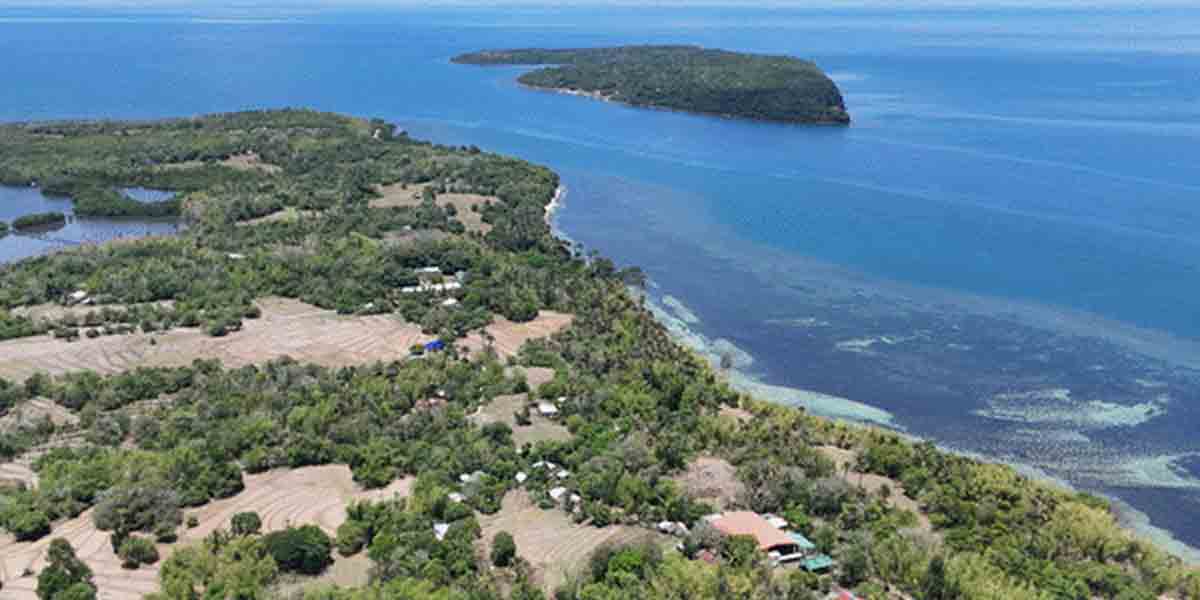By Joseph B.A. Marzan
A slowdown in the overall number of cases between Sept. 10 to 23, as well as the slight decrease in the daily average of new cases, also tempered the risk of the coronavirus disease 2019 (COVID-19) in the region, according to the Department of Health-Western Visayas Center for Health Development (DOH-WV CHD).
Western Visayas added 11,312 new COVID-19 cases in the said period, resulting in a 2-Week Growth Rate (2WGR) of –4 percent, compared to 11,734 cases logged from Aug. 27 to Sept. 9.
The 2WGR is the percentage rate indicating how much COVID cases have grown over a 14-day period.
Accordingly, the current daily average number of new cases per 100,000, or Average Daily Attack Rate (ADAR) also slightly decreased, from 10.50 (Aug. 27 to Sept. 9) to 10.22 (Sept. 10 to 23).
Like the 2WGR, the ADAR is also measured on a 14-day period and is based on the 2021 projected population of an area.
There have been noted decreases in new cases in Iloilo City (–9 percent) and Iloilo province (–34 percent), which also resulted in actual decrease in their respective ADARs (27.71 and 19.75).
Cases in Aklan, Antique, and Capiz also continued to decrease as reflected in their respective 2WGRs (–48 percent, –36 percent, and –7 percent) and ADARs (3.01, 4.08, and 5.99).
Increases in 2WGR were noted in Negros Occidental (76 percent), Bacolod City (45 percent), and Guimaras (5 percent).
This is also the first time in months that Negros Occidental logged an ADAR in the High column (8.25), like Guimaras (19.75) and Bacolod City (19.69) that also remained in the red.
Based on their individual 2WGRs and ADARs, Bacolod City, Guimaras, and Negros Occidental are classified as High Risk, while the city and province of Iloilo are at Moderate Risk, and Aklan, Antique, and Capiz are all Low Risk.
DOH-WV CHD spokeperson Dr. Bea Camille Natalaray said in an online press briefing that the notable rise in cases in Negros Occidental and Bacolod City were based on several factors which included the public’s observance of minimum public health standards, local governments’ implementation and strengthening of response strategies, the speed of response to detection and isolation of COVID cases, and the presence of variants of concern, among many factors.
“Almost all areas have Alpha, Beta, and Delta variants which are variants of concerns present in our provinces and highly urbanized cities, associated with high transmission, so there is faster spread when they are present in our communities. So those are the reasons and factors why cases have been rising right now. If we also have superspreader events in our localities, there are still gatherings, we don’t follow quarantine classifications, those are also factors why we see the cases rising,” Natalaray said.
The region’s Health Care Utilization Rate (HCUR), which refers to the percentage of COVID-dedicated beds and mechanical ventilators, also slightly simmered down to a Moderate level of 61.82 percent.
No longer the frontrunner, Iloilo City still has the third highest HCUR (70.92 percent), following only Bacolod City (77.36 percent) and Negros Occidental (71.72 percent).
Iloilo province’s HCUR is 65.86 percent followed by Capiz (60.65 percent), Antique (37.95 percent), and Aklan (6.11 percent).


















